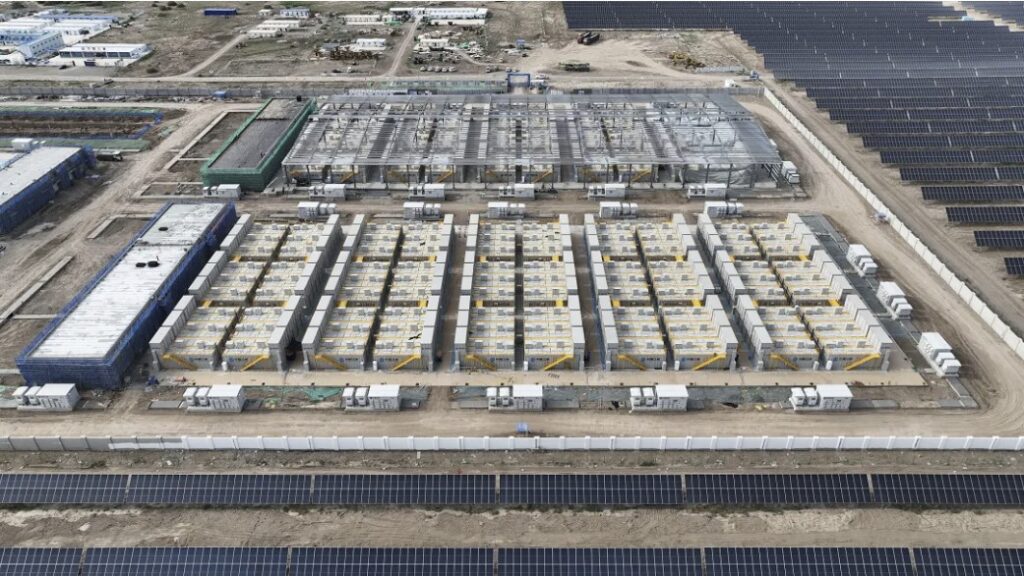Enel plans 2.3 GW of battery energy storage through 2027

Italian energy company Enel will invest EUR 720 million ($760 million) into BESS and EUR 1.56 billion in hydropower generation as it pivots from solar to onshore wind during the 2025 to 2027 period.
Announcing the approach on its Capital Markets Day, on Nov. 18, 2024, Enel revealed it will add 2.3 GW of BESS projects and 700 MW of hydro through 2027, as well as 5.7 GW new onshore wind and 3.2 GW of solar generation capacity.
Of the EUR 12 billion the company has allocated for new renewables capacity during the period – including energy storage as well as EUR 5.52 billion for wind, EUR 1.56 billion for solar, and the balance for maintenance and “other” expenses – Enel said EUR 4.08 billion would be invested in Italian projects, EUR 3.72 billion in Iberia, EUR 2.28 billion in North America, and EUR 1.92 billion in Latin America.
The energy giant, in which the Italian state is the biggest shareholder, said it has allocated a total EUR 43 billion budget for the 2025 to 2027 period, EUR 7 billion more than was envisioned for 2024 to 2026. That figure will include EUR 26 billion for grid investment, of which EUR 20.3 billion will be spent in Italy and Spain and EUR 5.7 billion in Latin America. The company, which is set to exit coal-fired power generation in 2027, said it would also allocate EUR 2.7 billion for customer services in the 2025 to 2027 period.
The strategy is notable for a change in emphasis from solar to onshore wind power generation, with the 12 GW of new renewables capacity planned featuring 4 GW less solar and 2 GW more onshore wind than previously envisioned.
Enel said it expects to have emitted around 70 metric tons of CO2 equivalent during 2024, down 63% from its 2017 baseline figure. The company said it is on track to hit net zero in 2040, as planned.














